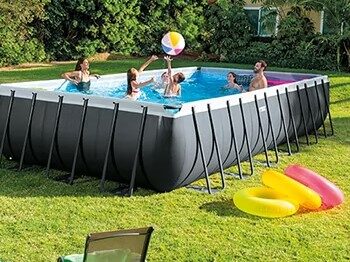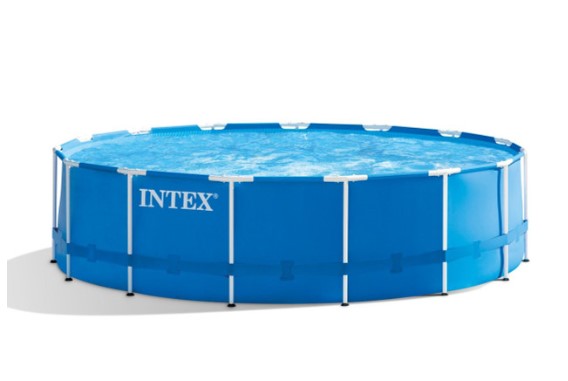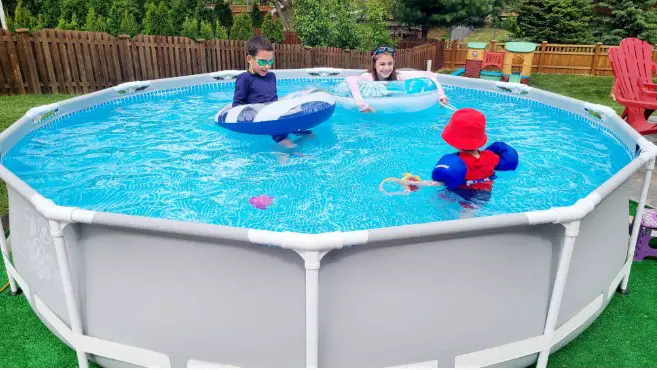Table of Contents
A hot tub is a lovely addition to your home. It instantly adds an air of luxury to your residence and can make you feel like royalty.
There is a downside to them though. Hot tubs are known to attract snakes, rodents, and other wildlife due to the warmth. So what can you do to combat this?
We are here to walk you through why snakes are attracted to hot tubs and what you can do to ensure you don’t have an unexpected guest for your calming soak.
Why do hot tubs attract snakes?
It is not the hot tub itself that draws snakes in, it is the presence of rats and other rodents around the hot tub. These animals flock towards the warmth of the hot tub as a beacon of life in the cold outdoor world.
Rodents are always on the search for their next meal, and it is likely that they feel a hot tub will be a good food source. This causes them to frequently return to the location of your hot tub as it will become a gathering space.
When you begin to notice rodents around your hot tub regularly, you should prepare for some snakes to appear too.
The snakes will be drawn in by the presence of the rodents. This is because snakes are a natural predator of rodents. In much the same way as rodents assume there will be food near a hot tub, snakes know there will be.
It is a really easy way for the snakes to guarantee food as it is likely there will be many rodents near to the tub, making for easy pickings.
If your hot tub frame is damaged in any way, this is another reason that snakes are likely to be attracted to it. The frames tend to be constructed from wood, which can warp over time through exposure to heat and moisture.
This creates a warm, dark, and hollow space. This is a snake’s favorite environment and they are likely to crawl into anything that seems suitable, including a hot tub.
Snakes are not blessed with good eyesight and commonly use their tongues to guide them as they move.
A crack in your hot tub may well feel like a hole in the ground, a snake’s natural habitat. As such, they are likely to enter the cracks and stay here for an indeterminate amount of time.
As hot tubs are commonly located outside, it is easy for the snakes to access them.
They are commonly surrounded by large grassy plants such as Quack grass and Myrtle plants. Both of these are the perfect environment for snakes to live in.
The grasses protect the snakeskin from the sun’s rays and act as a camouflage.
If these plants are near your hot tub, it is highly likely you will have snakes living in them.
What snakes are you likely to see?
Common snakes to find around hot tubs include rat snakes, bull snakes, milk snakes, garter snakes, and gopher snakes. This varies according to where you live.
There is not one snake type that is more or less attracted to hot tubs as they all gravitate towards food, warmth, and shelter.
If you commonly see snakes in your yard, it is to be expected that these are the same snake varieties you will find around your hot tub.
Many are relatively harmless towards humans and some species are even used as a form of natural pest control in agriculture.
How can you keep snakes away from your hot tub?
It is not advised to kill any snakes that you see near your hot tub. Many of them pose no threat to humans and it is unnecessarily cruel to end their life for just being near you. That being said, there are steps that you can take to keep your hot tub as snake-free as possible.
Mowing your lawn regularly will help to reduce snake numbers in your immediate area. This is because they use high vegetation for protection and camouflage as mentioned above.
Without this, they are much more exposed and vulnerable to predation.
You can also notice snakes much more easily if the plants in your yard are at a reasonable height.
If you have a large snake problem in your yard, consider placing the hot tub on a paved area away from vegetation.
You should regularly treat the water in your hot tub with chemicals such as bromine and chlorine. These chemicals will sterilize the water, making it safe to sit in.
At the same time, they will kill any plants that come into contact with the water.
This is another way to effectively reduce the vegetation surrounding your hot tub.
You should regularly check over your hot tub for any signs of damage, and repair these immediately. Look for cracks, dents, and leakages in the frame and sides.
If these are left unrepaired then it can create warm pockets of space that are ideal for wildlife to crawl into.
You should try to reduce the number of rocks, vines, and tree stumps in the immediate area of your hot tub.
These are all perfect shelter spots for snakes and will likely cause more to join you in the hot tub.
Consider planting some thorny plants near the hot tub.
These are dangerous to snakes as they can cause injuries.
Good plants are red hawthorn, flowering quince, and crown of thorns.
Other plants that snakes do not like include marigold, garlic, and onions.
These all have aromas that repel snakes as they are too strong.
Covering the hot tub while not in use is another way to minimize the pests that enter it.
Leaving the top exposed allows a large entry area which many small animals are likely to take advantage of.
They are unlikely to be able to escape after falling in, meaning that you may well have to fish dead bodies out of the tub before getting in. The soak doesn’t seem so relaxing anymore, does it?




